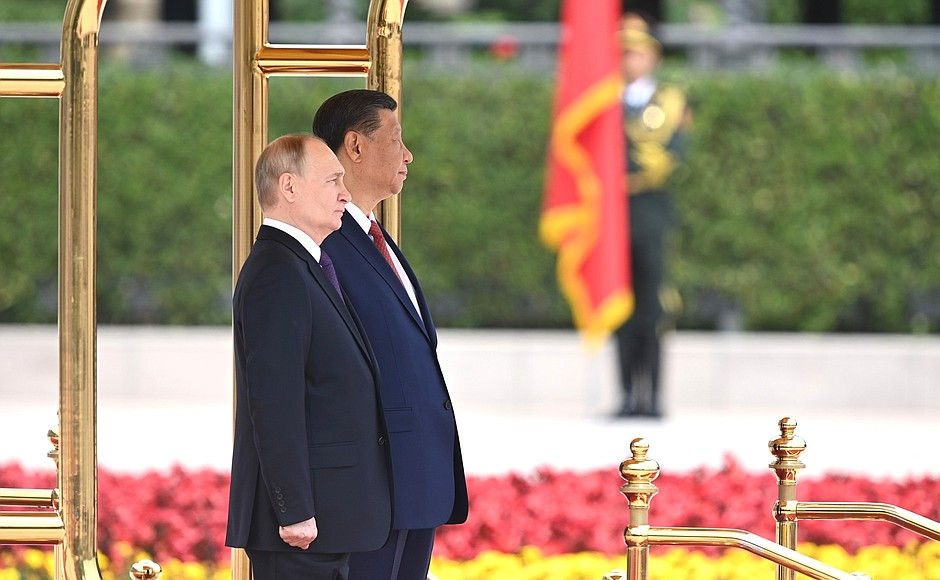Europe Moves Toward Shadow Fleet Seizures
- Res Publica

- Oct 1
- 4 min read
European authorities are no longer confining their response to Russia’s shadow fleet to sanctions lists.

Image: Heikki Saukkomaa / Lehtikuva/ Yle
This year, some European port authorities began to require tangible proof of insurance and registry documentation.
Finland, for example, implemented systematic checks in its exclusive economic zone on 11 December. The requirement applies to tankers entering from Russian ports with crude or product cargoes, and demands the presentation of a civil liability certificate. Germany adopted a similar measure in July, requiring each eastbound tanker in the Fehmarn Belt in the western Baltic Sea to provide information about its oil spill insurance.
As most of Russia’s shadow fleet tankers avoid reputable insurers and rarely call at European ports, authorities had been operating with incomplete liability data. The purpose of these checks is clear — they aim to create a legal basis for the detention of ships without verifiable financial security.
The shadow fleet is not just a sanctions evasion mechanism for Russian oil, as recent hybrid attacks have indicated. The vessels are also suspected to be launch pads for Russian drones used to reconnoiter critical Western sites and disrupt civilian airports (see the attack that closed Copenhagen airport on September 22 and other Danish airports on September 24)), to sever subsea cables, and to carry surveillance/spy equipment.
The fleet routinely disables its positioning beacons, obscures vessel ownership, falsifies registry documentation, and employs unsafe tankers that increase the risk of collisions, anchor drags, and environmental damage. The only plus is that from a Western point of view, they present a significant target critical to the Kremlin’s aims. By early this year, analysts estimated that roughly one-sixth of the world’s active tanker fleet belonged to Russian operators employing obscure flags and shell companies. The number of vessels exceeded 900, representing a nearly 50% increase compared to the previous year. The average vessel age is more than 20 years, compared to 13 years for mainstream tankers. Despite successive EU sanctions packages, fewer than half the ships have been sanctioned, leaving a significant share legally untouched. Russia, meanwhile, continues to acquire second-hand ships on the global market to offset losses as designations expand.
Insurance data points to systemic non-compliance. In a sample of more than 14,000 tankers compiled by independent researchers, only around 64% had identifiable protection and indemnity (P&I) coverage. Among ships confirmed to be carrying Russian crude, the share insured through the International Group of P&I clubs fell below one-third. Only around half the vessels transporting Russian oil products were insured.
The EU’s regulations are evolving to address these gaps. By July, the EU had designated 444 shadow fleet vessels. The 19th sanctions package, proposed in September, would expand the list by 118 and remove remaining exemptions for major Russian oil producers. It also sets a timetable to prohibit Russian liquefied natural gas (LNG) imports by 2027. Earlier packages relied on voluntary compliance and self-reporting by insurers. The new package ties port access to verifiable insurance and seeks to block re-insurance through EU entities. Coordination with G7 partners is intended to close reflagging loopholes.
Failure to verify liability coverage exposes coastal states to financial loss and environmental harm. The disruption of the Estlink 2 electricity cable between Finland and Estonia illustrates the consequences. Investigators believe the Eagle S, a Cook Islands–flagged tanker, dragged its anchor over the seabed and damaged multiple submarine cables. Finnish authorities detained the vessel in December 2024 and later released it after a €1m ($1.2m) guarantee was posted. Repairs are estimated at €60 million. Without valid insurance, cleanup and restoration costs are borne by European taxpayers.
But tougher enforcement raises the prospect of confrontations with Russian naval or auxiliary units. The Kremlin is now deploying warships to escort shadow fleet vessels and in May, sent combat aircraft to buzz an Estonian naval vessel trying to interdict a tanker. National legislation must therefore strike a balance between safety, state responsibility, and the risk of confrontation. Authorities are updating port control procedures, inspection rules, and information-sharing protocols to ensure detention orders are enforceable.
Legal amendments aim to establish transparent evidence chains to support seizure and forfeiture proceedings when ships are found to be operating without a valid registry or insurance.
Despite these steps, the structural challenge remains large. The shadow fleet can be swiftly reinforced with new vessels, and that exceeds the rate of EU listings and interdictions. Global tanker markets often permit opaque ownership structures and rapid reflagging, which complicates registry tracking. Insurance brokers outside the G7 price cap coalition offer coverage that appears valid but is challenging to verify.
Refineries in Asia and the Middle East continue to accept cargoes delivered by the shadow fleet, sustaining demand. The current enforcement framework raises costs and delays voyages but does not eliminate the fleet’s economic viability. Long-term attrition will depend on cumulative denial of registry, insurance exclusion, and consistent interdiction.
That demands significant resources, but also substantial political will.
By George Janjalia. George Janjalia is the Operations Director for a security risk management company in Ukraine, with a focus on fortifying business continuity and organizing security programs tailored for high-risk areas. Previously, he was a special forces and military intelligence officer in the Georgian military. Article first time published on CEPA web page. Prepared for publication by volunteers from the Res Publica - The Center for Civil Resistance.





Comments